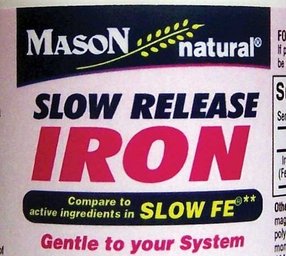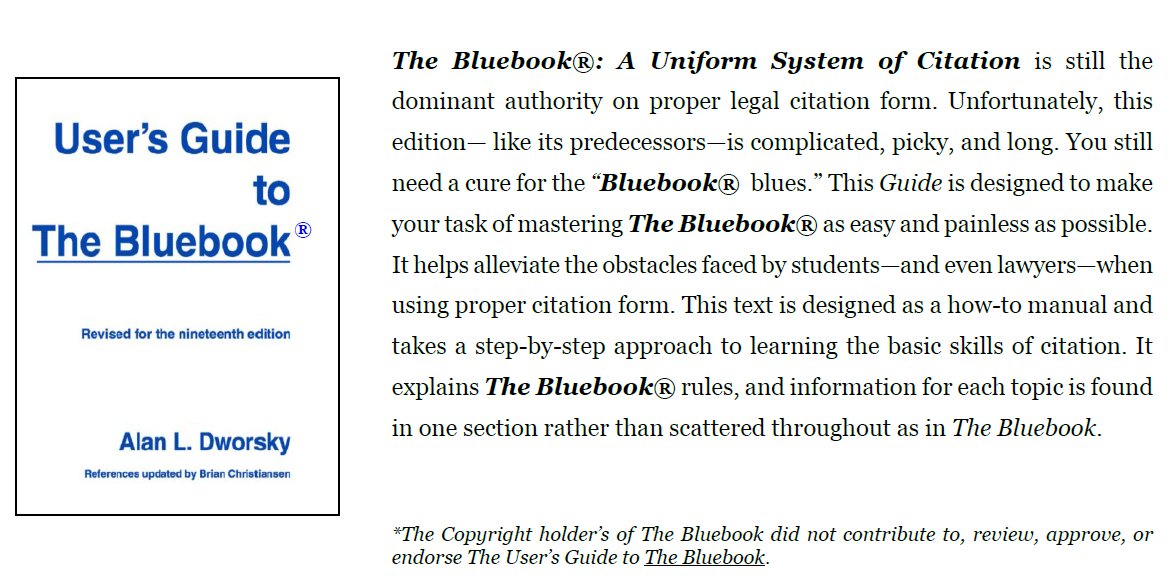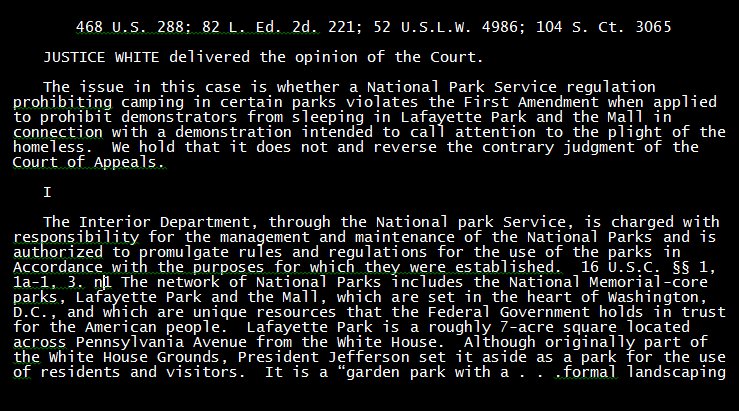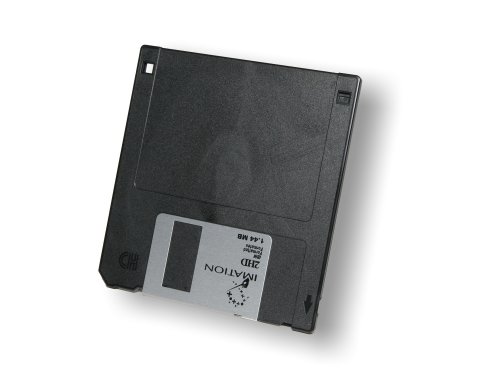In a prior post I reported on the erasure of all prior differences between the citation style set forth in the ALWD Guide to Legal Citation and that prescribed by the work entitled “The Bluebook: A Uniform System of Citation.” Here my focus is on trademark and copyright issues that bear on the competition between these two citation manuals and influence how other works, print and electronic, address issues of legal citation.

1. “The Bluebook” – A registered mark
Since 2010 the proprietors of the The Bluebook have held a registered trademark in its name. Actually “THE BLUEBOOK”, “THE BLUEBOOK ONLINE”, and “THE BLUEBOOK A UNIFORM SYSTEM OF CITATION” are now all registered “standard character marks.” The cover of that manual’s most recent edition has the “®” symbol immediately following the word “Bluebook”. So does its title page.
There are, of course, myriad books of a similar name reaching back several centuries. There are also numerous registered marks that include “Bluebook” or “Blue Book”. As applied to a legal citation style guide, however, the phrase is surely indicative of a particular source. And while book titles cannot be registered with the Patent and Trademark Office, works of a series (think “Nancy Drew”, the “For Dummies” books, or closer to home “Williston on Contracts”) are registrable. There seems little doubt that successive editions of The Bluebook qualify. But what does that mean for the publisher of an ALWD guide that wants the relevant market to know that citations prepared in accordance with its instruction will conform in every particular to those prepared following The Bluebook’s rules and appendices.
It is fact that within its 608 pages this new ALWD Guide to Legal Citation makes absolutely no reference to The Bluebook. A cover-to-cover search for that phrase comes up dry. Extreme caution over infringing The Bluebook mark? Unlikely. In all probability this reflects a strategic choice. It may rest on the premise that naming the competition could be taken as a sign of weakness and a conviction that there are other effective ways to draw attention to this new guide’s relative merits. After all, the prior ALWD edition only mentioned that other manual once (to warn users of differences between the two). Outside the pages of this new edition, the publisher can and does draw attention to the removal of all differences between ALWD style and The Bluebook’s, naming the latter.
Comparative advertising that names a trademark-protected competing brand does not infringe the mark so long as it does not “cause confusion as to source” (“Same Sweetener AS EQUAL…. At A Sweeter Price”). See Cumberland Packing Corp. v. Monsanto Co., 32 F. Supp. 2d 561, 580-81 (E.D. N.Y. 1999).

The largest segment of the market for both works is located in law school student bodies. And within that segment the choice between the two is, in nearly all cases, made by writing faculty or journal editors who, by adopting one or the other, effectively instruct students which to buy. ALWD needn’t put the phrase “The Bluebook” on or in its guide to put its marketing case in front of those intermediaries. Indeed, it is produced under the auspices and direction of the national association of those who teach legal writing.
What about the host of “Bluebook” study aids or software capable of delivering “Bluebook” compatible citations? Can they use its name in communicating what they offer directly to law students, legal academics, and lawyers? Yes, but they need to take greater care to prevent consumers from believing that The Bluebook’s proprietors have reviewed or vetted or authorized their work.

Hein publishes a small book that used to be called User’s Guide to the Bluebook. The title now has a large “®” appended. The brochure advertising this work is riddled with that symbol and concludes with a footnote reading: “*The Copyright holder’s [sic] of The Bluebook did not contribute to, review, approve, or endorse The User’s Guide to The Bluebook.” Effective, but overkill. Compare the restrained treatment of the trademark status of Microsoft’s spreadsheet software in the guide entitled Excel 2013 for Dummies. On the other hand, Carolina Acadmic Press publishes Understanding and Mastering The Bluebook by Linda J. Barris. Neither its cover nor its front matter acknowledges The Bluebook trademark, identifies the holders, or contains a statement that it has not been reviewed or endorsed by them. That is very likely an oversight.
Over several years Professor Frank Bennett of Nagoya sought to secure assurance that building a software module capable of taking citation elements held in a database and (as one of several options) producing citations consistent with Bluebook style, identifying that style by the name with which we all know it, would not infringe. He was rebuffed. Patience exhausted, Bennett has decided to call the output of his module “the MLZ Bluebook Style” and describe it as “an unauthorized implementation of ‘The Bluebook: A Uniform System of Citation’”. Accurate. Unlikely to produce consumer confusion.

A final point. Since the target of the federal trademark act is consumer confusion over the source of goods or services sold in commerce, those of us who write about citation norms and style guides need not place an “®” next to “The Bluebook” or otherwise acknowledge the book title’s trademark status whenever we write about it and its contents, any more than an auto reviewer need do so when describing the 2014 Nissan Altima.
2. What about copyright and The Bluebook’s contents?
Like prior editions The Bluebook’s nineteenth displays a copyright notice. It reads: “Copyright © 2010 by the Columbia Law Review Association, The Harvard Law Review Association, the University of Pennsylvania Law Review, and The Yale Law Journal.” A review of U.S. Copyright Office records establishes that the book has been registered.
Disturbed by the treatment of Frank Bennett (recounted above) Carl Malamud proceeded down a more confrontational path. Last June he sent copies of a complete electronic replica of The Bluebook to several legal academics, and placed a small portion online. In doing so, he asserted that since several U.S. courts require that all citations in briefs or memoranda conform to The Bluebook its rules were (or ought to be) in the public domain. These actions drew a prompt response. A lawyer representing one of The Bluebook’s owners requested that Malamud cease distributing full copies of the guide and immediately take down the portions he had placed online, at the same time promising serious consideration of the access issues he raised. That process of “serious consideration” continues. In May Malamud received another letter. It represented that the book’s proprietors were “evaluating potential arrangements that would expand the availability of The Bluebook conventions, while at the same time, preserving the law reviews’ copyright interests and decades-long investment in The Bluebook.”
Note the distinction. Malamud’s response picked up on it at once. The citation conventions (or style or system) described in The Bluebook are not protected by its copyright. The U.S. Copyright Act is explicit on this point:
In no case does copyright protection for an original work of authorship extend to any idea, procedure, process, system, method of operation, concept, principle, or discovery, regardless of the form in which it is described, explained, illustrated, or embodied in such work.
17 U.S.C. § 102(b).
On the other hand, although the phrase “literary work” may not seem totally apposite The Bluebook is surely an “original work of authorship … fixed in [a] tangible medium of expression.” So long as a competing work (the ALWD Guide to Legal Citation or Introduction to Basic Legal Citation, for that matter) avoids employing the specific means used by The Bluebook to explain how to cite (e.g., its words, phrases, selected examples) that work can instruct readers on how to produce citations identical to those generated by careful use of The Bluebook. The same holds for citation software or online data vendors. Both Lexis Advance and WestlawNext generate citations that are included with material copied from their collections. Users have a choice among several different formats. “Bluebook” style appears on neither list, the default format for both being labeled “Standard”. Yet for important categories of material the “Standard” format that both produce conforms to the conventions set out in The Bluebook. Can these and other online data vendors deliver Bluebook citations without the permission of the book’s copyright holder? Surely, they can even though the reference book itself is covered by copyright and the distribution of verbatim copies is, for that reason, problematic.
3. The terms and conditions of use agreed to by users of The Bluebook Online and related aps
Those who click rather than page their way into the content of The Bluebook at www.legalbluebook.com are told that by doing so they agree not to display its trademarks without prior written approval or “create derivative works from, distribute, perform, display, incorporate into another website, or in any other way exploit the information …[it contains], in whole or in part.” Apparently, while those that run The Bluebook enterprise take the IP rights represented by the circled “C” and circled “R” very seriously, they are not content to leave their proprietary claims to the contours of copyright and trademark law.
4. And who holds these IP rights with the right to license their use or sue for infringement?
There is no Bluebook Inc. The Bluebook‘s copyright notice and registration list four separate entities as owners: the Columbia Law Review Association, the Harvard Law Review Association, the University of Pennsylvania Law Review, and The Yale Law Journal. The same four appear on the trademark registration. Without knowing more about the agreements among these co-owners one can only speculate about how decisions might get made or, more likely, fail to get made.
Who at each of the four was responsible for deciding what to do with Frank Bennett’s email asking for assurance that his software wouldn’t infringe? Did his question even get beyond one. Three of the journals are published by non-profit corporations. The fourth, The University of Pennsylvania Law Review, is simply a university activity. Professor Bennett wrote one of the journals and heard back, ultimately, from one of its editors. Are such decisions really lodged in the hands of here-today, gone-tomorrow law students?
One intriguing possibility is that the governing body for any one of the four journals could license The Bluebook, that being the default rule with joint works of authorship. Could a venture guided by so many lawyers and soon-to-be lawyers have left the matter in that posture? On the other hand, if the four must come to an agreement among themselves when confronted with a Bluebook rights or licensing issue, the representation that “The law reviews are evaluating potential arrangements that would expand the availability of The Bluebook conventions ….” seems unlikely to yield results anytime soon.





